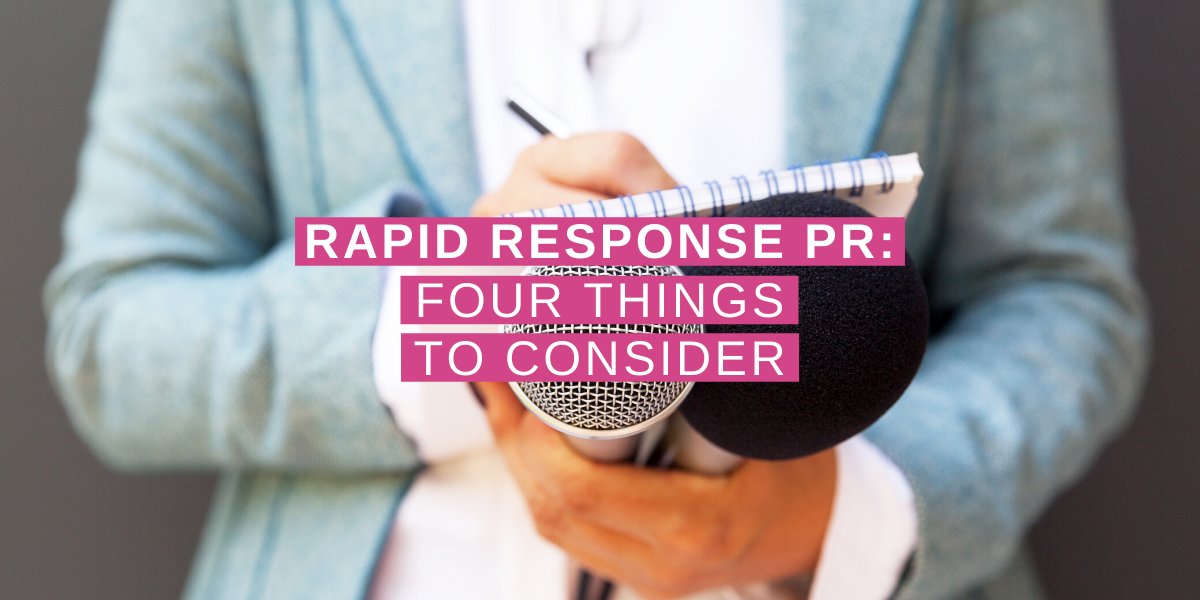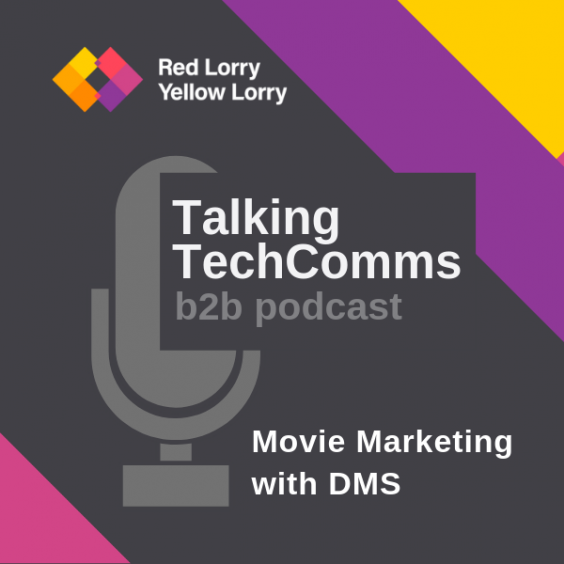It’s always important for PR professionals to stay on top of the news agenda, especially in the fields related to their business. Not only is it essential to have up-to-date industry knowledge in order to provide the best recommendations, but staying on top of the news is also a great way to identify possible issues to comment on – and hopefully secure coverage! Enter rapid response opportunities.
Consistently flagging these opportunities can help build up coverage when there are fewer news announcements or events coming up in the pipeline. Securing these types of opportunities will also bolster your spokespeople’s reputations as industry experts on the subject matter, which will help increase overall brand awareness. However, not every piece of news (even the big ones) is worth commenting on. How can you determine whether the latest buzz is a good fit for a rapid response? Ask yourself these four questions to find out:
1. Where is the news cycle?
The position in the news cycle can make or break your potential for success with a rapid response opportunity. If nobody’s talking about the news, then it’s probably not newsworthy (so there’s no need to consider a response in the first place). On the other hand, if it seems like every one of your target publications has already published an article on the news, it’s likely too late for a comment to get any traction. The sweet spot is right in the middle, when the news is just on the verge of blowing up – in that case, you’ll want to get a comment approved by your spokesperson and out to friendlies at your target publications ASAP.
2. Is this truly our area of expertise?
This one may seem obvious, but it’s easy to get caught up in the excitement of a controversy and overlook some of the finer points. A rapid response opportunity might not be the best fit for your company and spokespeople for a variety of reasons – if you don’t offer solutions that can solve the issue or if the spokesperson isn’t well-versed in that specific topic, to name a few. While it’s important to have a quick turnaround, make sure you’re taking the time to really flesh out which direction you plan to go before flagging this to your spokespeople, to ensure they’ll agree it’s something to pursue.
3. Is the news too controversial?
It’s not called “rapid response” for nothing, but there does come a point where the issue might be too sensitive or controversial to associate your client’s brand with. Generally, it’s best to steer away from topics that are overly political, or from situations that involve bashing other players in the industry. You’ll want to focus on building your company’s profile as a thought leader on topics that are relevant to you, not just commenting on negative news in order to make a splash.
4. It’s viral, but is it actually newsworthy?
This question is one of the hardest to know the answer to, and it’s often where people fail to make the distinction. In today’s digitally-enhanced world, it’s easy for something to be trending on Twitter in seconds. But the real skill is determining whether the commentary that your spokespeople can offer will add value to the discussion. Sometimes news is just news, and it’s best to save your resources for opportunities where commentary can shape or add to a wider discussion in the industry.
Remember, while rapid response opportunities should always be a part of PR and marketing campaigns, they have to be carefully picked if brands really want to build the profiles of their key spokespeople.
To find out more about our PR and marketing services, drop us a line at hello@rlyl.com or visit our Contact Us page.
Sign up to our Newsletter



